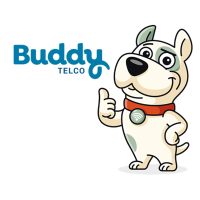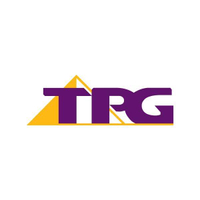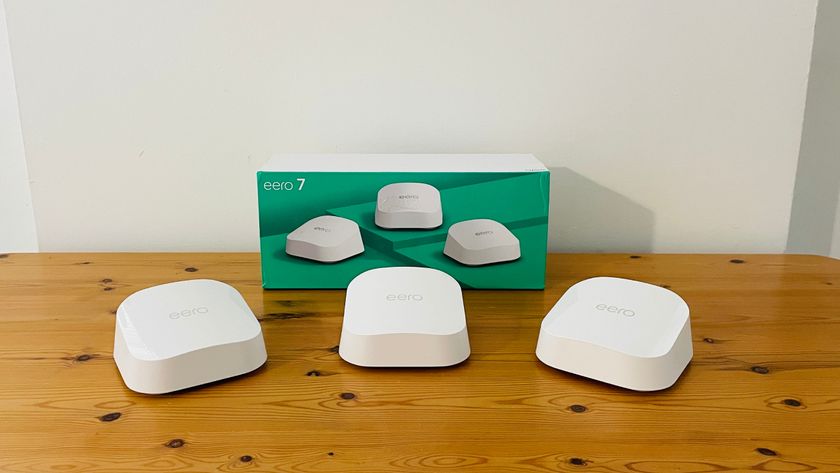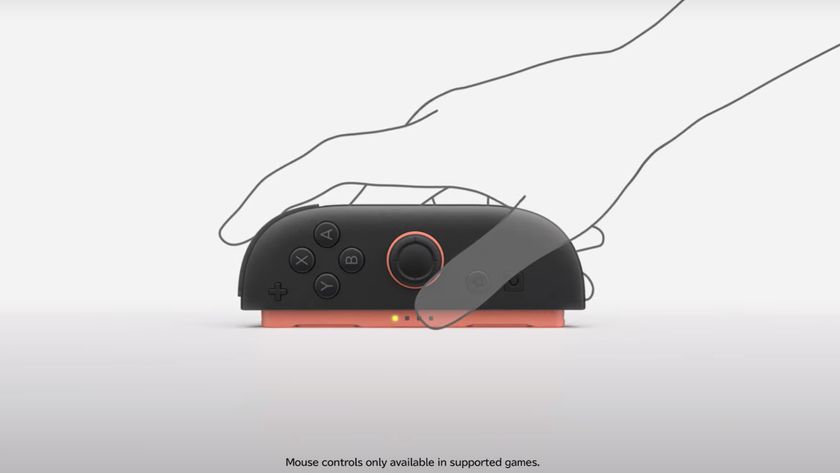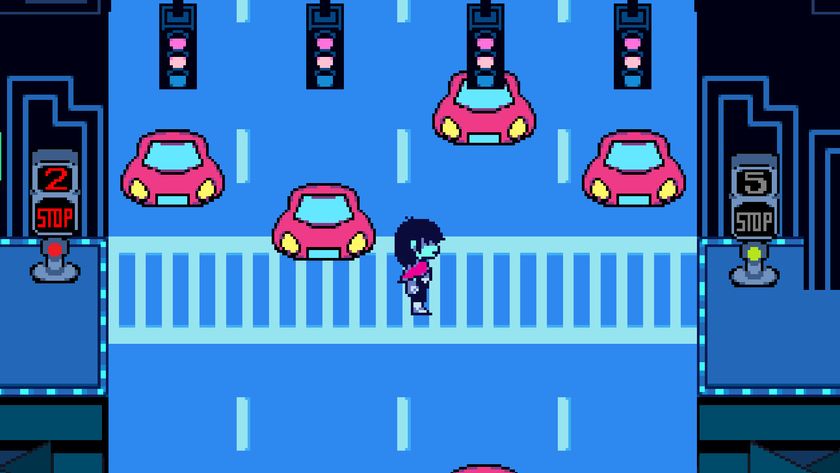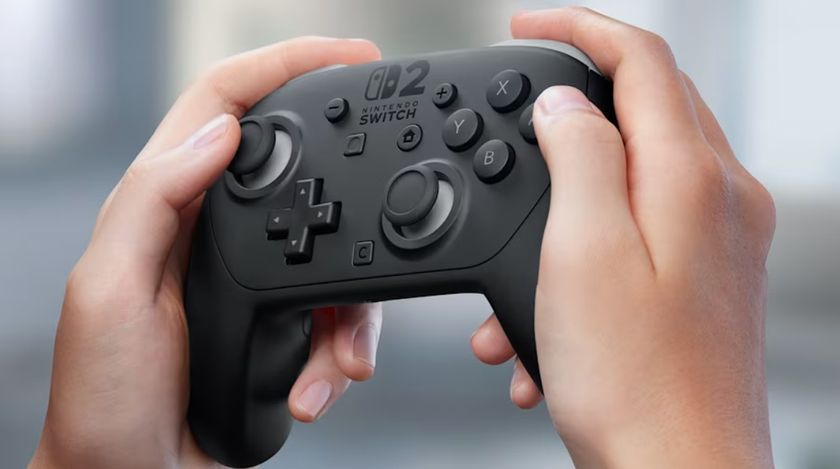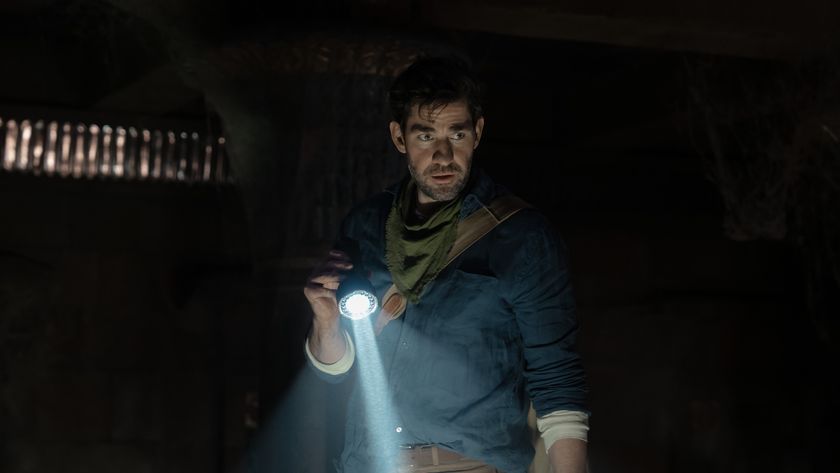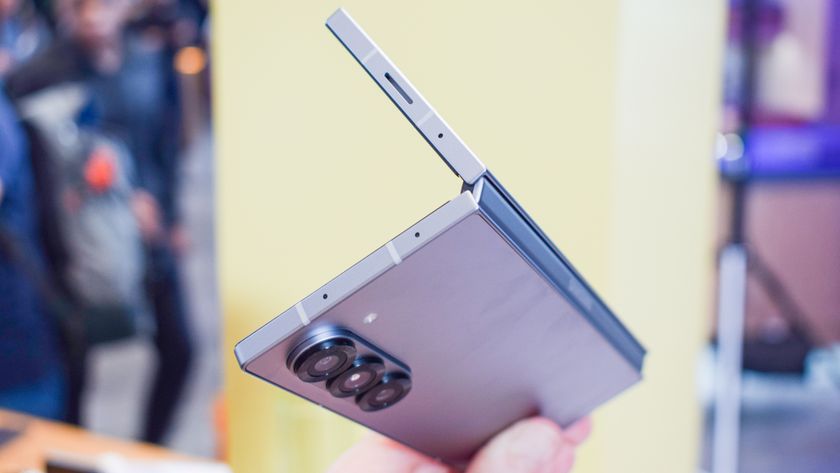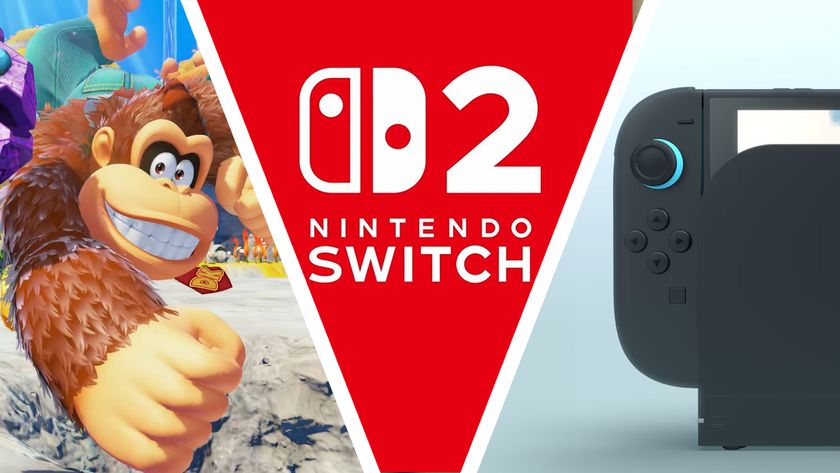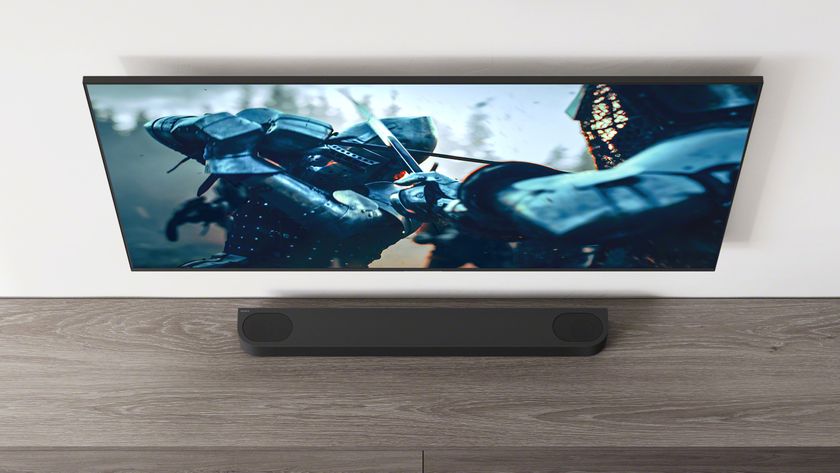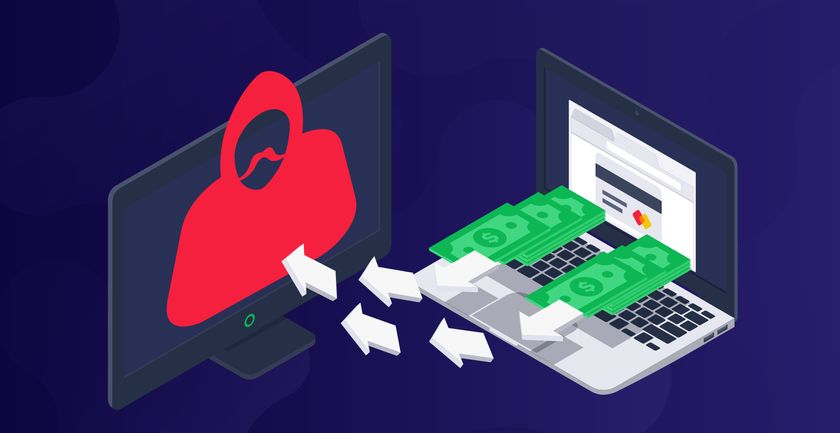Latest ACCC report shows NBN 1000 is finally living up to its gigabit claims
Some providers are now just a stone's throw from the top speeds

It’s been two and half years since NBN Co began rolling out a free fibre upgrade program to Australians, offering consumers the opportunity to replace their slower legacy infrastructure with faster fibre optic cabling. The program was created with the intention to encourage more and more Australians to sign up to the fastest NBN plans, which was aided by the introduction of new wholesale costs that have seen the price of these faster plans come tumbling in the last 12 months.
And now according to the most recent Measuring Broadband Report – published by the Australian Competition and Consumer Commission (ACCC), it’s a better time than ever to upgrade to a faster plan if you’ve been holding out, now that average download speeds are edging closer to the theoretical 1,000Mbps maximum.
The fastest plans are getting faster
The ACCC monitored a number of NBN services during May 2024 and of these, 288 were ‘very high speed services’ (those with a download speed range of 500 to 990Mbps). During the monitoring period, the ACCC recorded average download speeds of between 837Mbps and 859Mbps on a daily basis. Furthermore, from a total of 87,812 download speed tests performed, the ACCC found 68.8% of them achieved a download speed of at least 900Mbps.
To put these figures into context, results from the same tests carried out in the previous quarter determined an average download speed of 818Mbps to 851Mbps, while only 65.8% of all tests achieved a download speed of at least 900Mbps.
This improvement in observed download speeds proves NBN Co is strengthening the quality of its network and is making a stronger case for customers to upgrade their service in the process.
Speeds increase, prices decrease
Fortunately, the average cost of an NBN 1000 plan has tumbled in the previous 12 months. In September 2023, the average cost was AU$140.30p/m based on the internet service providers (ISPs) we monitor. At the time of writing, the average cost is AU$119.93p/m – a difference of AU$20.37. In fact, there is now only one provider of the group we monitor that charges more than AU$140p/m for an NBN 1000 service: Telstra.
It’s possible to get an NBN 1000 service for much less than the current average, with newcomer Buddy Telco charging just AU$99p/m for its service. Despite advertising a typical evening speed of 600Mbps, we found in our Buddy Telco review that some real-world customers were achieving speeds in excess of 900Mbps.
Get daily insight, inspiration and deals in your inbox
Sign up for breaking news, reviews, opinion, top tech deals, and more.
You can view our dedicated guide to the best NBN 1000 plans, but we’ve also included a couple of standout options below if you were interested in signing up. Just note that you will need a fibre-to-the-premises (FTTP) or eligible hybrid fibre coaxial (HFC) connection at your premises. If you don’t, you should consider NBN Co’s free fibre upgrade program.
Buddy Telco | 600Mbps | AU$99p/m
Buddy Telco currently has the cheapest NBN 1000 plan, but based on genuine customer reviews, delivers a first-class service making it exceptional value. There's currently no introductory discount on this plan, but it still manages to take the title for the outright cheapest.
Total minimum cost: AU$99
Yearly cost: A$1,188
TPG also doesn't have a current introductory discount, but is also among the more affordable providers on this tier. This is pleasantly surprising news considering the telco is one of Australia's 'big three'. TPG's typical evening speed is also among the fastest currently available, at a claimed 800Mbps.
• AU$104.99 minimum cost
• AU$1,259.88 each year
You might also like...

Max is a senior staff writer for TechRadar who covers home entertainment and audio first, NBN second and virtually anything else that falls under the consumer electronics umbrella third. He's also a bit of an ecommerce fiend, particularly when it comes to finding the latest coupon codes for a variety of publication. He has written for TechRadar's sister publication What Hi-Fi? as well as Pocket-lint, and he's also a regular contributor to Australian Hi-Fi and Audio Esoterica. Max also dabbled in the men's lifestyle publication space, but is now firmly rooted in his first passion of technology.
